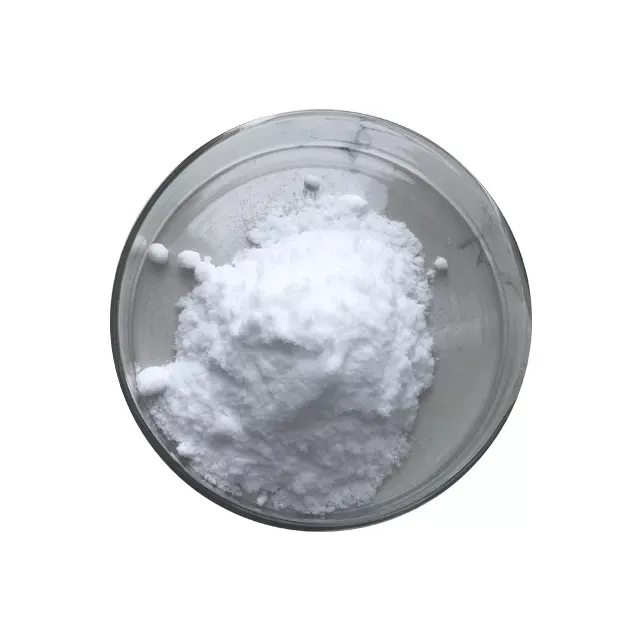Warning: Undefined array key "title" in /home/www/wwwroot/HTML/www.exportstart.com/wp-content/themes/1198/header.php on line 6
Warning: Undefined array key "file" in /home/www/wwwroot/HTML/www.exportstart.com/wp-content/themes/1198/header.php on line 7
Warning: Undefined array key "title" in /home/www/wwwroot/HTML/www.exportstart.com/wp-content/themes/1198/header.php on line 7
Warning: Undefined array key "title" in /home/www/wwwroot/HTML/www.exportstart.com/wp-content/themes/1198/header.php on line 7
- Afrikaans
- Albanian
- Amharic
- Arabic
- Armenian
- Azerbaijani
- Basque
- Belarusian
- Bengali
- Bosnian
- Bulgarian
- Catalan
- Cebuano
- China
- China (Taiwan)
- Corsican
- Croatian
- Czech
- Danish
- Dutch
- English
- Esperanto
- Estonian
- Finnish
- French
- Frisian
- Galician
- Georgian
- German
- Greek
- Gujarati
- Haitian Creole
- hausa
- hawaiian
- Hebrew
- Hindi
- Miao
- Hungarian
- Icelandic
- igbo
- Indonesian
- irish
- Italian
- Japanese
- Javanese
- Kannada
- kazakh
- Khmer
- Rwandese
- Korean
- Kurdish
- Kyrgyz
- Lao
- Latin
- Latvian
- Lithuanian
- Luxembourgish
- Macedonian
- Malgashi
- Malay
- Malayalam
- Maltese
- Maori
- Marathi
- Mongolian
- Myanmar
- Nepali
- Norwegian
- Norwegian
- Occitan
- Pashto
- Persian
- Polish
- Portuguese
- Punjabi
- Romanian
- Russian
- Samoan
- Scottish Gaelic
- Serbian
- Sesotho
- Shona
- Sindhi
- Sinhala
- Slovak
- Slovenian
- Somali
- Spanish
- Sundanese
- Swahili
- Swedish
- Tagalog
- Tajik
- Tamil
- Tatar
- Telugu
- Thai
- Turkish
- Turkmen
- Ukrainian
- Urdu
- Uighur
- Uzbek
- Vietnamese
- Welsh
- Bantu
- Yiddish
- Yoruba
- Zulu
Jul . 27, 2024 13:56 Back to list
Preparation and Applications of Chromic Sulfuric Acid Cleaning Solutions in Industrial and Laboratory Settings
Chromic Sulfuric Acid Cleaning Solution A Powerful Tool for Laboratory and Industrial Applications
Chromic sulfuric acid cleaning solution is a highly effective and potent cleaning agent widely used in laboratory and industrial settings. This solution, which consists of a mixture of concentrated sulfuric acid and chromium trioxide (CrO3), is known for its unique ability to remove organic residues and contaminants from glassware and various substrates. Understanding its composition, applications, and handling precautions is crucial for anyone working in environments where cleanliness and precision are paramount.
Composition and Properties
The chromic sulfuric acid cleaning solution is typically prepared by dissolving chromium trioxide in concentrated sulfuric acid. The resulting solution is characterized by its deep blue or green color, a result of the presence of hexavalent chromium. This acidic solution is highly corrosive and possesses strong oxidizing properties, making it an incredibly effective cleaning agent. The oxidation-reduction (redox) reactions that occur within the solution enable it to break down complex organic compounds, including oils, fats, and proteins.
Applications in Laboratories
In laboratory settings, chromic sulfuric acid cleaning solution is primarily used to clean glassware. When it comes to removing stubborn residues left by biological materials, organic compounds, and other contaminants, this solution is unparalleled. It is especially valuable for cleaning pipettes, beakers, and flasks that have been used in biochemical and analytical sciences. Moreover, the solution is effective in preparing glassware for subsequent uses by ensuring a contaminant-free environment, which is critical for achieving accurate scientific results.
chromic sulfuric acid cleaning solution

Beyond glassware, chromic sulfuric acid can also be employed to clean metal surfaces, especially those used in chemical reactions that may leave behind residues. However, its corrosive nature means that care must be taken to avoid damaging instruments or surfaces that cannot withstand such aggressive chemicals.
Safety Precautions and Environmental Considerations
While chromic sulfuric acid cleaning solution is an excellent cleaning agent, it is essential to handle it with caution. The solution is not only highly corrosive to skin and eyes but is also a toxic substance due to the presence of hexavalent chromium, a recognized carcinogen. It is imperative to wear appropriate personal protective equipment (PPE), including gloves, goggles, and lab coats, when handling this solution. Additionally, work should be conducted in a well-ventilated area or fume hood to minimize inhalation risks.
Disposal of chromic sulfuric acid must also be managed carefully. Due to its hazardous nature, it cannot be disposed of down the drain or in regular waste. Research institutions and industries are required to follow strict regulations regarding the disposal of hazardous materials, including obtaining the services of licensed waste disposal companies.
Conclusion
In summary, chromic sulfuric acid cleaning solution is an invaluable resource for ensuring the cleanliness and sterility of laboratory and industrial equipment. Its strong oxidizing properties make it exceptionally effective at removing a wide variety of organic contaminants. However, the associated health risks and environmental concerns necessitate careful handling and disposal practices. When used responsibly, this powerful cleaning agent can significantly contribute to the efficiency and safety of laboratory operations, meeting the high standards required in scientific research and industrial processes.
Latest news
-
Certifications for Vegetarian and Xanthan Gum Vegetarian
NewsJun.17,2025
-
Sustainability Trends Reshaping the SLES N70 Market
NewsJun.17,2025
-
Propylene Glycol Use in Vaccines: Balancing Function and Perception
NewsJun.17,2025
-
Petroleum Jelly in Skincare: Balancing Benefits and Backlash
NewsJun.17,2025
-
Energy Price Volatility and Ripple Effect on Caprolactam Markets
NewsJun.17,2025
-
Spectroscopic Techniques for Adipic Acid Molecular Weight
NewsJun.17,2025

